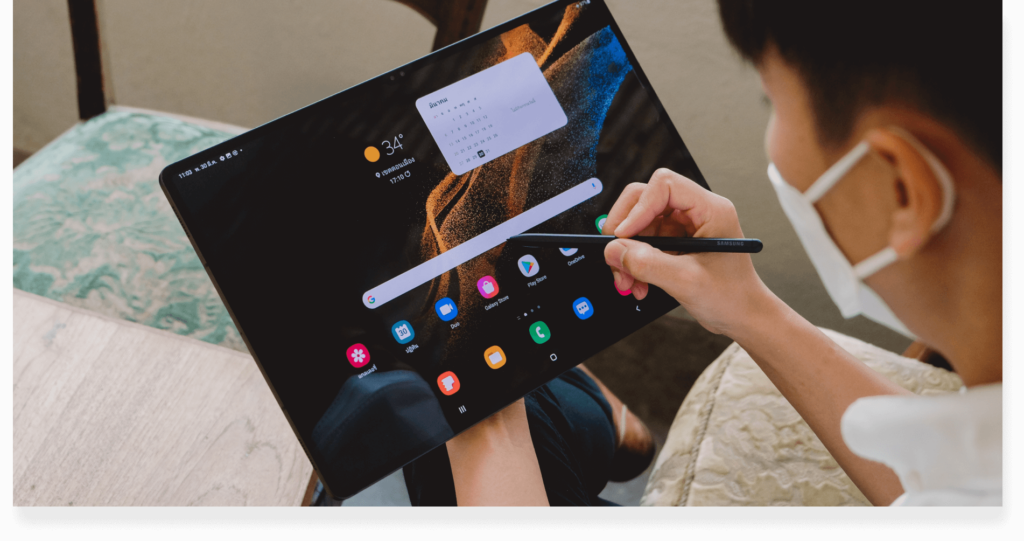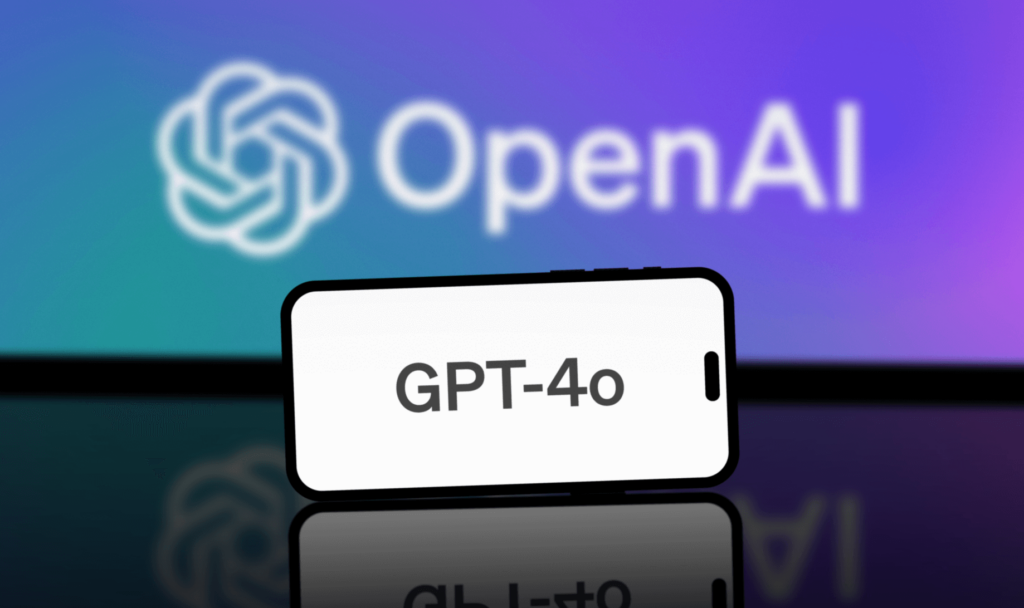
Mira A. |
August 29, 2024
In today’s fast-paced world, staying productive is more important than ever. Productivity isn’t just about getting more done in less time; it’s about working efficiently and effectively to achieve your goals. Knowing the right tools can make all the difference.
The localization industry encompasses much more than just the capabilities of Google Translate, which many people are familiar with. While such machine translation tools can provide quick and basic translations, the localization industry involves a comprehensive approach to adapting content for different languages and cultures. This means considering local customs, idioms, and preferences to ensure the message resonates authentically with the target audience. In a globalized world, businesses and individuals benefit from using sophisticated localization tools and apps offering more than simple translation, thereby boosting productivity through enhanced communication and streamlined operations.
What are those Localization Tools and Apps?
There are numerous localization tools and apps available today that cater to different needs and preferences. Among these, translation memory (TM) stands out as a fundamental technology. TM systems store previously translated segments of text and suggest them when similar text appears in future translations. This not only speeds up the translation process but also ensures consistency across documents and helps save on translation fees by reducing the need for repetitive work. Apps that incorporate TM features include SDL Trados Studio, MemoQ, and Smartcat.
Each of these apps also offers various features to support and enhance the localization process, such as automated quality assurance, customizable workflows for efficient project management, robust real-time collaboration features, detailed analytics, and more. As an AI formatting specialist, my favorite feature is how, when a translation is confirmed, it automatically confirms the same repeated segments in the document and allows me to download the file with the same format but translated—how efficient is that?
While TM tools are crucial for managing and optimizing translation processes, another technology that significantly enhances productivity in localization is optical character recognition (OCR). ABBYY OCR, in particular, plays a key role in transforming scanned documents and images into editable and searchable text. This technology complements TM by making it easier to process and localize content from a variety of sources.
As an AI formatting specialist, my role involves recreating documents for translation, ensuring that the file is editable while retaining its original layout. Many documents come with complex layouts, and although the process might seem simple, it can be time consuming when done manually from scratch. However, with OCR and other tools available in ABBYY, I’ve found that the time required for this task can be reduced by 50%–70%, significantly streamlining the workflow and enhancing overall efficiency. ABBYY also offers support for many languages to handle files from various linguistic backgrounds. This ensures accurate extraction of spelling, diacritics, strokes, and scripts, catering to diverse language requirements.

Another transformative technology making waves in productivity in localization is AI chat. TM systems only store and reuse previously translated segments, while machine translation tools provide direct translations of text. However, with advanced AI systems like ChatGPT or Claude, you can achieve more than just word-for-word translation. By using the right prompts, you can have these AI tools localize text according to your desired context, adjust the tone, refine grammar, and tailor the language to the appropriate level.
Language is vast and nuanced, with a single word often carrying multiple meanings. For example, the word “single” can refer to civil status or denote an amount. In addition, different languages have unique grammatical structures and tenses. AI technology can help navigate these complexities by providing contextually accurate translations, ensuring that the meaning of your text is preserved across languages.
In conclusion, leveraging advanced localization tools and technologies is essential for achieving productivity and accuracy in today’s globalized environment. TM systems, OCR tools, and AI chat technologies each play a critical role in enhancing the efficiency and effectiveness of translation and localization processes. By incorporating these tools, businesses and individuals can overcome language barriers, streamline workflows, and ensure that content is adapted appropriately for diverse audiences.
Embracing these innovations not only facilitates smoother communication but also supports achieving your goals with greater precision and speed. As we continue to navigate an increasingly interconnected world, utilizing the right tools will remain pivotal in driving productivity and fostering successful cross-cultural interactions.